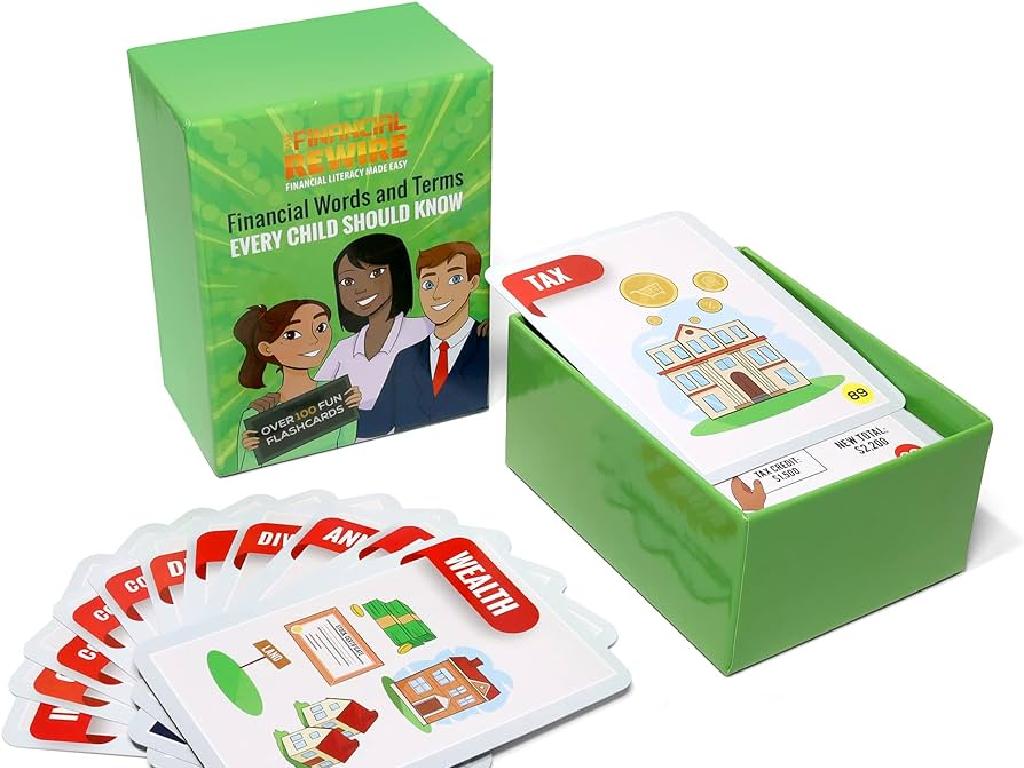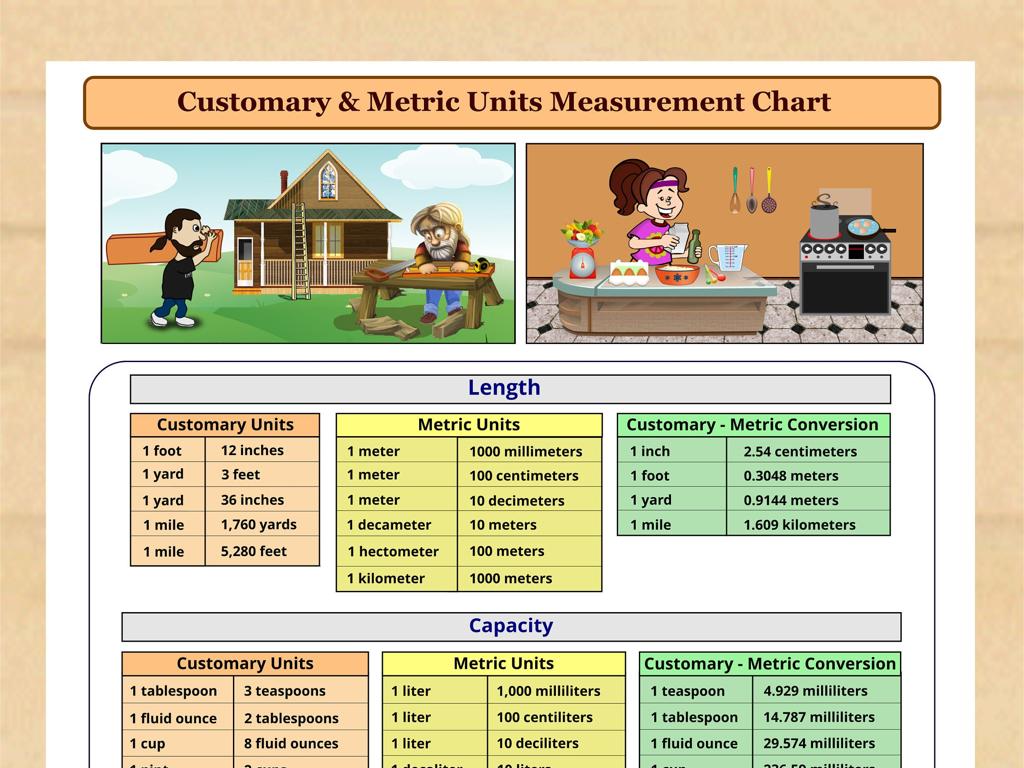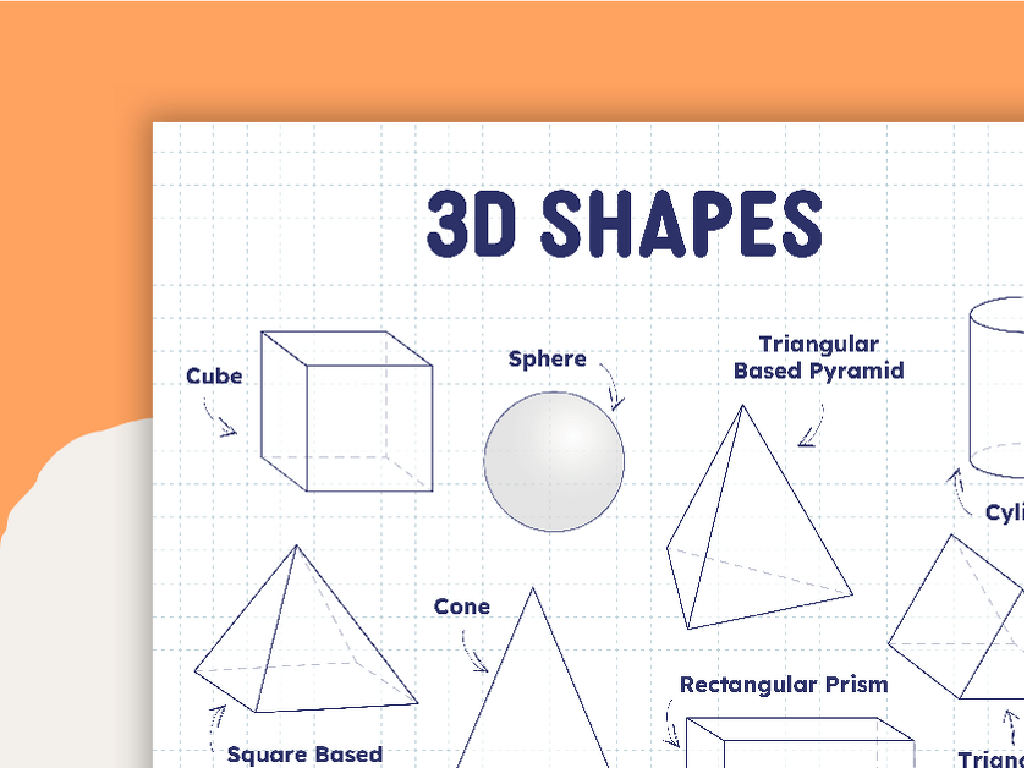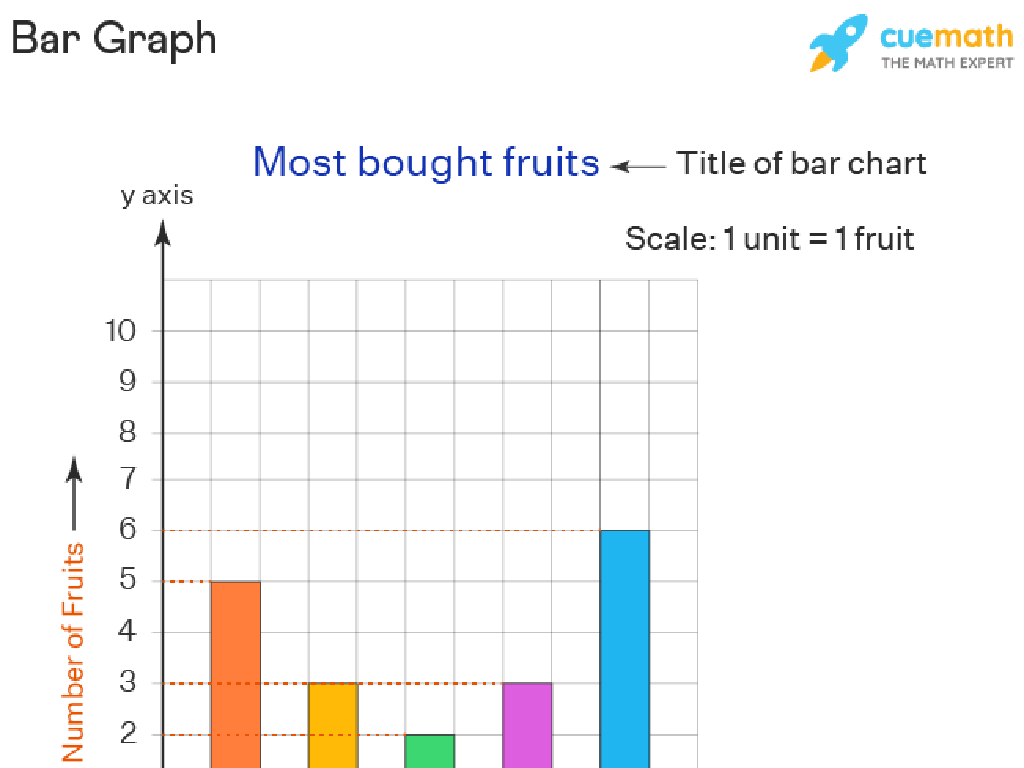Good, Better, Best, Bad, Worse, And Worst
Subject: Language arts
Grade: Eighth grade
Topic: Adjectives And Adverbs
Please LOG IN to download the presentation. Access is available to registered users only.
View More Content
Exploring Adjectives and Adverbs
– Understanding adjectives and adverbs
– Adjectives describe nouns, adverbs modify verbs, adjectives, and other adverbs.
– The role in enriching language
– They add detail and depth, making sentences more vivid.
– Comparative forms: better, worse
– Comparatives compare two things: ‘good’ becomes ‘better’, ‘bad’ becomes ‘worse’.
– Superlative forms: best, worst
– Superlatives are used when comparing more than two things or to show the highest degree: ‘good’ becomes ‘best’, ‘bad’ becomes ‘worst’.
|
This slide introduces the concept of adjectives and adverbs, focusing on their comparative and superlative forms. Begin by explaining the basic functions of adjectives and adverbs, emphasizing how they enhance our language by providing additional information and detail. Then, move on to discuss the comparative forms, using ‘better’ and ‘worse’ as examples to show how we compare two items or people. Lastly, explain the superlative forms ‘best’ and ‘worst’, which are used to express the highest degree in a comparison or when comparing more than two entities. Provide examples and encourage students to come up with their own sentences using these forms. This will help solidify their understanding of how these words function within the English language.
Exploring Adjectives: From ‘Good’ to ‘Best’
– Adjectives modify nouns
– Adjectives give more information about nouns, e.g., ‘tall tree’, ‘blue sky’.
– Examples in sentences
– ‘The quick, brown fox jumps over the lazy dog’ – ‘quick’ and ‘brown’ describe the fox.
– ‘Good’ as an adjective
– ‘Good’ describes quality, e.g., ‘She did a good job’.
– Degrees of comparison
– ‘Good, better, best’ show comparison levels.
|
This slide introduces the concept of adjectives and their role in providing more information about nouns. Start by explaining that adjectives are words that describe or modify nouns, giving examples to illustrate their use in sentences. Introduce ‘good’ as an adjective and discuss its usage to describe the quality of something. Emphasize the degrees of comparison by showing ‘good’ as the positive degree, ‘better’ as the comparative degree, and ‘best’ as the superlative degree. Provide examples for each degree and encourage students to come up with their own examples. This will help them understand how adjectives can change in form to compare one thing to another.
Exploring Adverbs: Modifiers in Action
– Adverbs: What do they modify?
– Adverbs can modify verbs, adjectives, and even other adverbs.
– Adverbs in sentence examples
– ‘Quickly’ in ‘She runs quickly’ modifies the verb ‘runs’.
– ‘Well’ as an adverb
– ‘Well’ is often used as an adverb, e.g., ‘He plays well.’
– Understanding adverb usage
|
This slide introduces the concept of adverbs to students, explaining their role in modifying verbs, adjectives, and other adverbs to provide more detail about the action or state being described. Use examples to illustrate how adverbs can change the meaning of a sentence and enhance description. Highlight ‘well’ as a common adverb that students may already be familiar with in spoken language, and explain its proper usage. Encourage students to think of other adverbs they know and how they might change the meaning of a sentence. The goal is to help students recognize and use adverbs effectively in their writing and speech.
Comparative Forms: Good vs. Bad
– Comparatives compare two items
– Form ‘good’ and ‘bad’ comparatives
– ‘Good’ becomes ‘better’, ‘bad’ becomes ‘worse’
– Use ‘better’ and ‘worse’ correctly
– ‘She is better at math than me’, ‘His habits are worse than before’
– Examples: ‘better than’, ‘worse than’
|
This slide introduces the concept of comparative forms, focusing on the adjectives ‘good’ and ‘bad’. Comparative adjectives are used to compare differences between the two objects they modify. Students should learn that ‘good’ transforms into ‘better’ when comparing two things, and ‘bad’ becomes ‘worse’. Provide clear examples to illustrate the use of ‘better than’ and ‘worse than’ in sentences. Encourage students to think of their own examples and understand that comparatives are not just for tangible items but can also be used to compare abstract concepts like behavior or skills.
Superlative Forms: The Extremes of Comparison
– Superlatives compare three or more items
– They show the highest or lowest degree among many
– Form superlatives from ‘good’ and ‘bad’
– ‘Good’ becomes ‘the best’, ‘bad’ becomes ‘the worst’
– Use ‘the best’ for the highest quality
– Example: Of all the books, this is ‘the best’
– Use ‘the worst’ for the lowest quality
– Example: Of all the days, Monday was ‘the worst’
|
This slide introduces students to superlative forms, which are used to compare three or more things and express the highest or lowest degree among them. It’s crucial to explain that ‘good’ and ‘bad’ have irregular superlative forms: ‘the best’ and ‘the worst’. Provide examples to illustrate how these superlatives are used in sentences, emphasizing the use of ‘the’ before superlative adjectives. Encourage students to think of their own examples and understand that superlatives are not just for objects but can be used to describe a wide range of categories, including quality, performance, and experiences.
Irregular Forms of Adjectives and Adverbs
– Adjectives/adverbs with unique rules
– ‘Good/bad’ and ‘well/badly’ irregularities
– ‘Good’ is an adjective, ‘well’ is an adverb. ‘Bad’ is an adjective, ‘badly’ is an adverb.
– Practice with irregular forms
– Find and use irregular forms in sentences.
– Mastery through examples and exercises
– Use class activities to reinforce learning.
|
This slide introduces students to the concept that not all adjectives and adverbs follow the regular comparative and superlative forms. Highlight the irregular forms of ‘good/better/best’ and ‘bad/worse/worst’, as well as ‘well/better/best’ and ‘badly/worse/worst’ for adverbs. Provide students with practice in identifying these forms in text and using them correctly in their own writing. Emphasize the importance of context in determining the correct form to use. Include class activities such as sentence creation, peer review, and group discussions to solidify understanding and application of these irregular forms.
Mastering Comparatives and Superlatives
– Rules for comparatives and superlatives
– Add ‘er’ for comparatives, ‘est’ for superlatives, or use ‘more’ and ‘most’.
– Importance of correct usage
– Clear communication prevents misunderstandings.
– Examples of comparatives and superlatives
– ‘Good, better, best’ and ‘bad, worse, worst’ demonstrate proper usage.
– Non-examples to avoid
– ‘Gooder’ or ‘baddest’ are incorrect forms to be avoided.
|
This slide aims to teach students the correct formation and usage of comparative and superlative adjectives and adverbs, which are essential for making comparisons and expressing extremes. Emphasize the importance of using the correct forms to ensure clarity in communication. Provide clear examples, such as ‘good, better, best’ and ‘bad, worse, worst’, and contrast them with non-examples like ‘gooder’ or ‘baddest’ to highlight common mistakes. Encourage students to practice by creating sentences using both correct and incorrect forms to understand the difference.
Class Activity: Comparative and Superlative Hunt
– Find comparatives and superlatives in books
– Create sentences with ‘good, better, best, bad, worse, worst’
– Use ‘good, better, best’ for positive traits, ‘bad, worse, worst’ for negative
– Share your sentences with the class
– Discuss the usage and meaning
– Understand how context affects the degree of comparison
|
This activity is designed to help students recognize and use comparative and superlative forms of adjectives and adverbs. Students should look for examples in literature, which will help them understand how these forms are used in context. Encourage them to be creative when they create their own sentences, and to think about how the degree of comparison (‘good’ vs. ‘better’ vs. ‘best’, and ‘bad’ vs. ‘worse’ vs. ‘worst’) changes the meaning. During the sharing session, students will practice speaking and listening skills, and the discussion will reinforce their understanding of the material. Possible variations of the activity could include working in pairs, creating a classroom chart of examples, or even a friendly competition to see who can find the most examples.
Wrapping Up: Adjectives and Adverbs
– Recap: adjectives and adverbs
– Importance of correct forms
– Homework: write a short story
– Create a narrative incorporating learned forms
– Use five comparative/superlative forms
– Examples: ‘better than’, ‘the worst’, ‘the best’
|
As we conclude today’s lesson, remind students of the key points discussed about adjectives and adverbs. Emphasize the importance of using the correct comparative and superlative forms to make their writing clear and precise. For homework, students should write a short story that includes at least five different examples of these forms. This will help reinforce their understanding and application of the concepts. Encourage creativity and remind them to proofread their stories for correct usage. In the next class, be prepared to discuss some of the stories and highlight the use of comparative and superlative forms in a group discussion.






